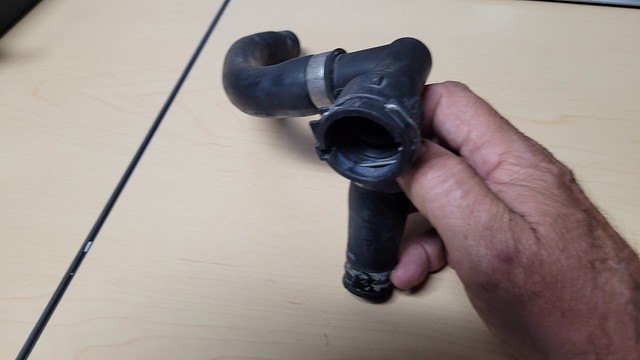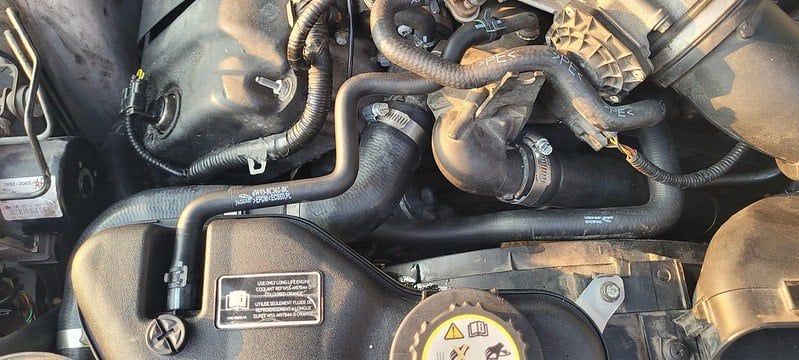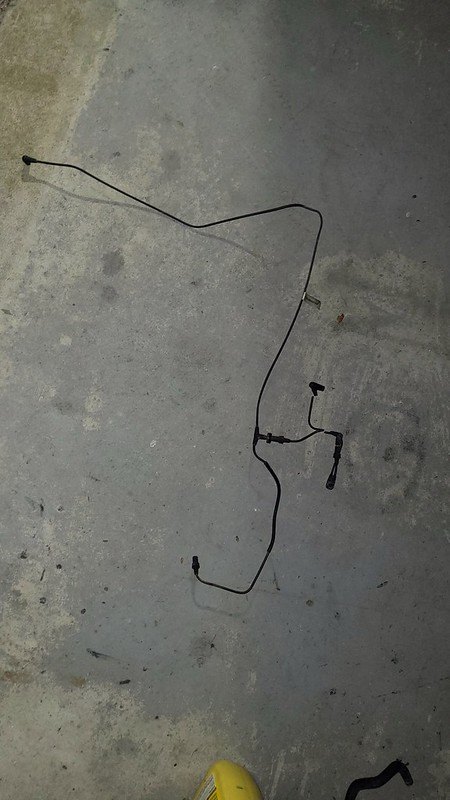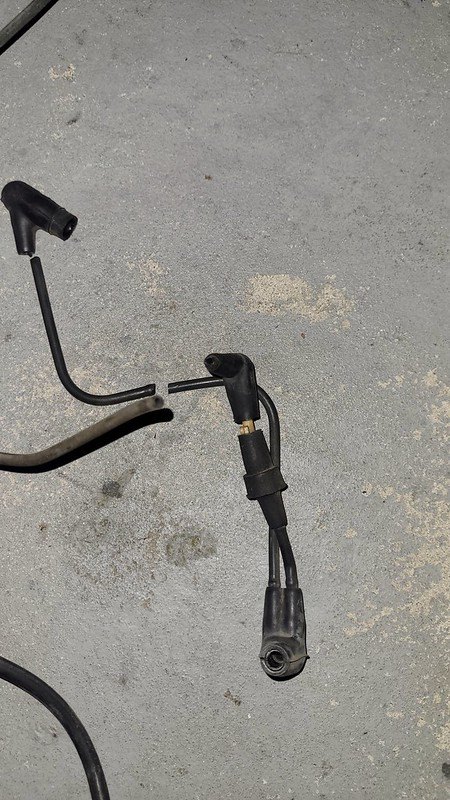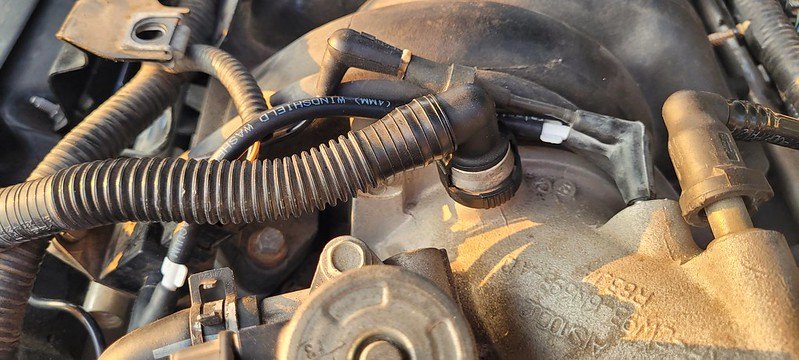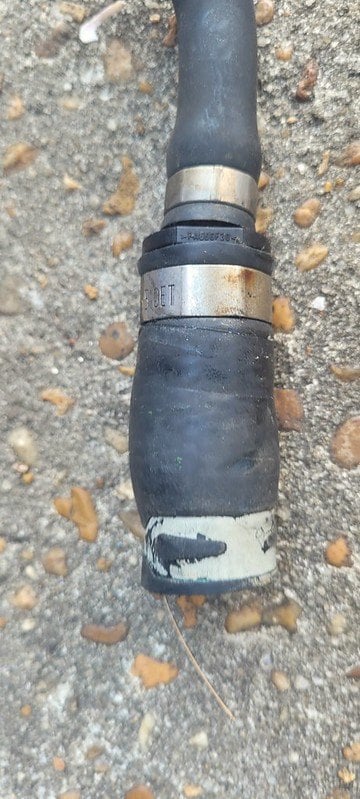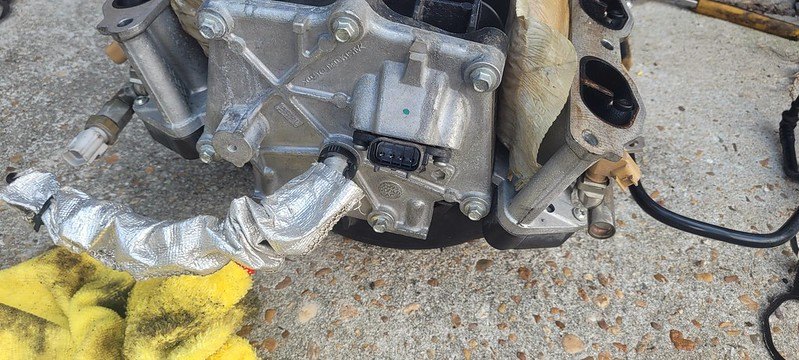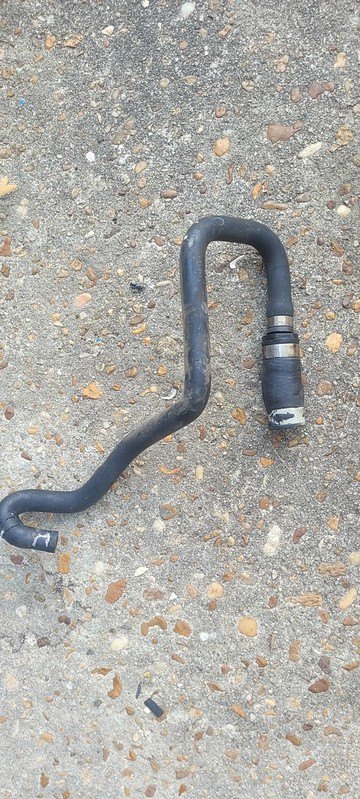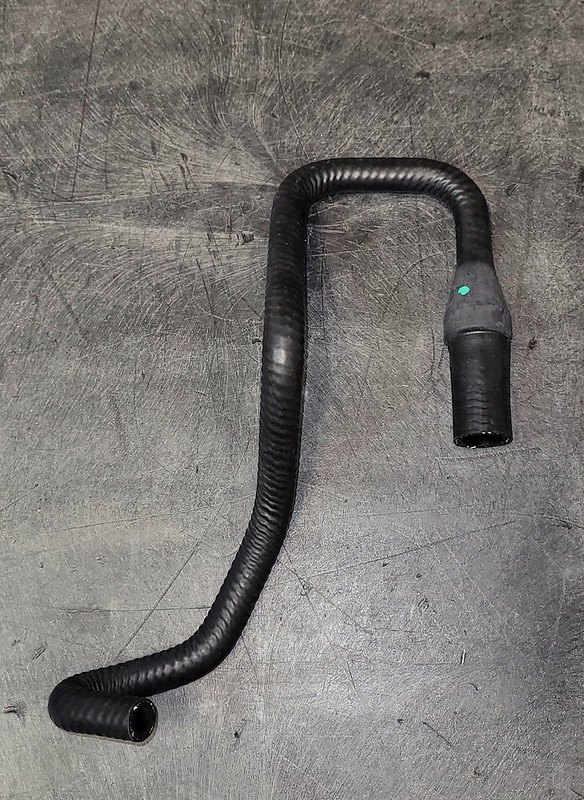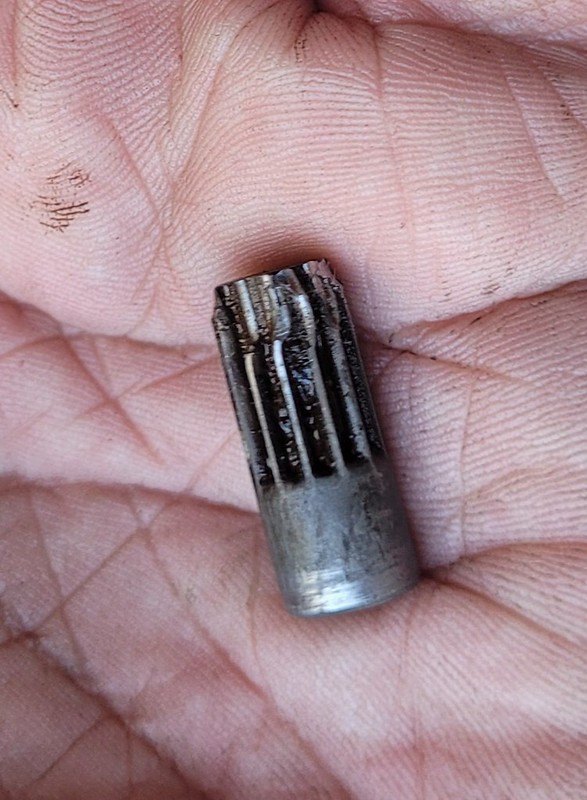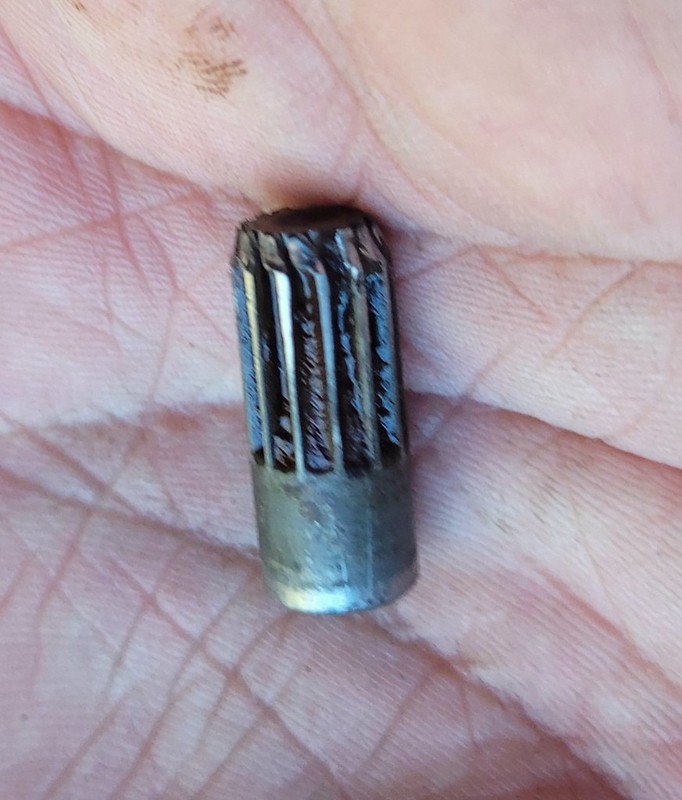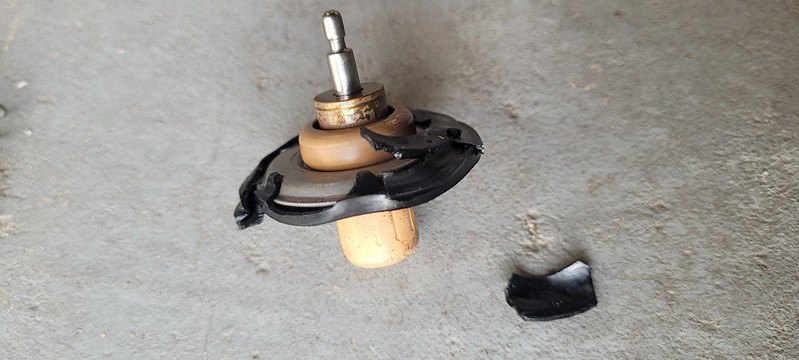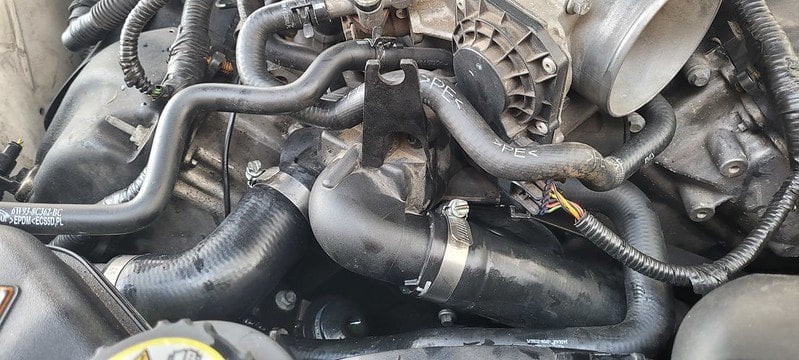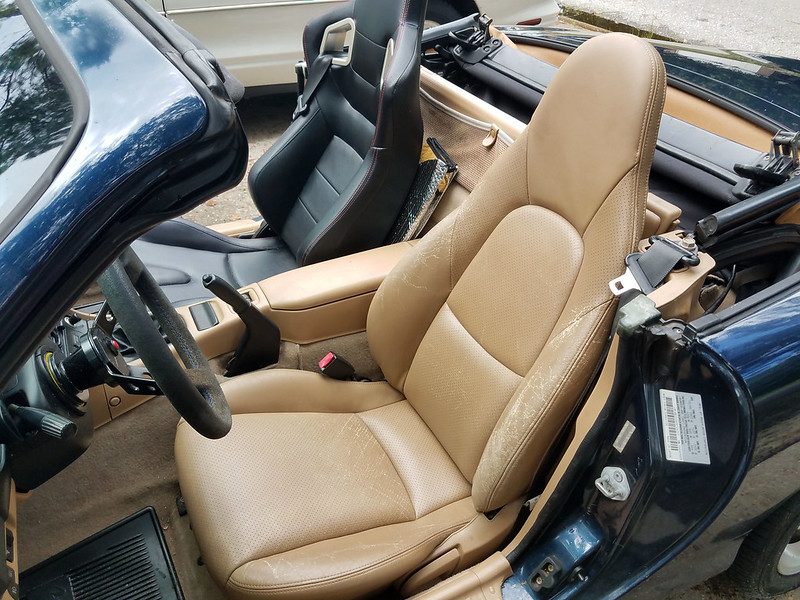- 5,120

- Panama City, FL
Oil changes done on all three vehicles, the two cars and the FJR1300. I used full synthetic, 4.5 or 5 quarts each for the bike and the Miata, and 7.5 for the Jag. I bought a 12-quart box, which is a bag in the box with a dispenser spout (and a lot cheaper than 12 1-quart bottles,) for the cars, and a 1-gallon bottle plus a loose quart for the bike, so 4.25 gallons altogether. Three filters, and my do-it-yourself oil change times 3 still ran nearly 140 dollars!
Ever since I've had the Miata, I've fought the oil filter when changing it. It's VERY hard to reach, located behind a brace supporting the intake manifold. You can get the filter out, but some of that is from above, and some from underneath, so it's a royal pain in the hind quarters!
When I replaced the alternator some time back, I found that the lower bolt for the alternator cannot be removed with that intake manifold brace in place; it has to come out to change the alternator! Turns out, it's only 3 14-mm bolts, two up top and one underneath, EZ-Peasey! While it was out as I was changing the alternator, I looked up and said to myself, "Hey, look! there's the oil filter! Right THERE!!!"
Remembering that this time, I removed that brace, and the filter was as easy to change as any I've ever done!
The same cannot be said for the Jaguar. This is only the second change since I bought the car December '21, as it's only had 5000 miles in all that time. I did not change the filter the first time because I couldn't get it spun off. Well, it had to come off this time, and none of my filter wrenches would do it. I wasn't going to punch it with a screwdriver and try that as a handle, because the last time I did that on whatever car that was, I simply ripped the case off of the filter. I ran down and got one of those rubber strap wrenches and had at it. The filter case began to crush, which was not encouraging, but it finally moved. Obviously the prior idiot wrenched the filter on, for which I'd like to severely punish him. New filter reinstalled, CORRECTLY, just hand tightened maybe a quarter turn after the gasket touches.
Oh, yeah... one other additional step for the Jag oil change: it has an underbody panel for aero under the engine bay, and that has to come out. Seven 10mm bolts, but you have to crawl to three places under the car to reach them all.
Oh, yeah... not a single "unable to set parking brake" or "cruise control not available" fault since the battery change mentioned in #57! Volts are apparently important!
Ever since I've had the Miata, I've fought the oil filter when changing it. It's VERY hard to reach, located behind a brace supporting the intake manifold. You can get the filter out, but some of that is from above, and some from underneath, so it's a royal pain in the hind quarters!
When I replaced the alternator some time back, I found that the lower bolt for the alternator cannot be removed with that intake manifold brace in place; it has to come out to change the alternator! Turns out, it's only 3 14-mm bolts, two up top and one underneath, EZ-Peasey! While it was out as I was changing the alternator, I looked up and said to myself, "Hey, look! there's the oil filter! Right THERE!!!"
Remembering that this time, I removed that brace, and the filter was as easy to change as any I've ever done!
The same cannot be said for the Jaguar. This is only the second change since I bought the car December '21, as it's only had 5000 miles in all that time. I did not change the filter the first time because I couldn't get it spun off. Well, it had to come off this time, and none of my filter wrenches would do it. I wasn't going to punch it with a screwdriver and try that as a handle, because the last time I did that on whatever car that was, I simply ripped the case off of the filter. I ran down and got one of those rubber strap wrenches and had at it. The filter case began to crush, which was not encouraging, but it finally moved. Obviously the prior idiot wrenched the filter on, for which I'd like to severely punish him. New filter reinstalled, CORRECTLY, just hand tightened maybe a quarter turn after the gasket touches.
Oh, yeah... one other additional step for the Jag oil change: it has an underbody panel for aero under the engine bay, and that has to come out. Seven 10mm bolts, but you have to crawl to three places under the car to reach them all.
Oh, yeah... not a single "unable to set parking brake" or "cruise control not available" fault since the battery change mentioned in #57! Volts are apparently important!
Last edited:


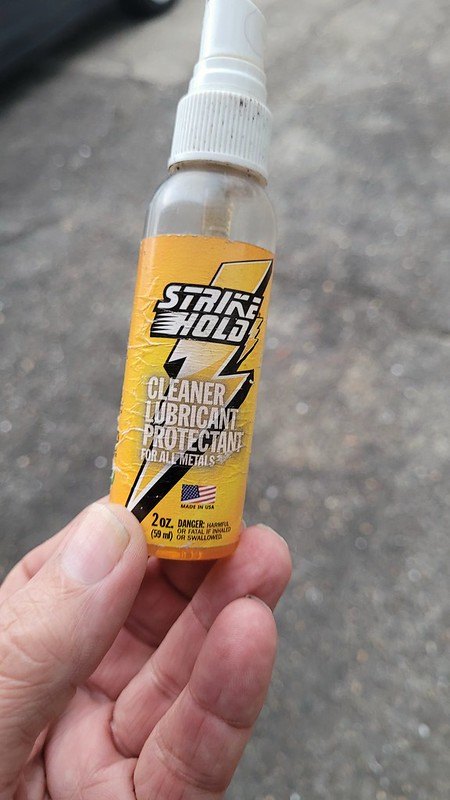
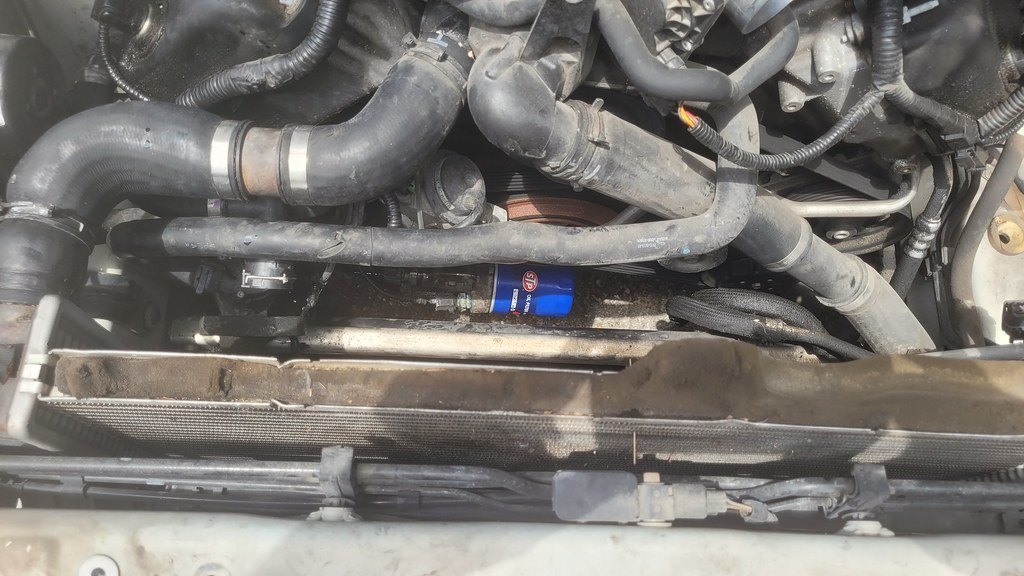
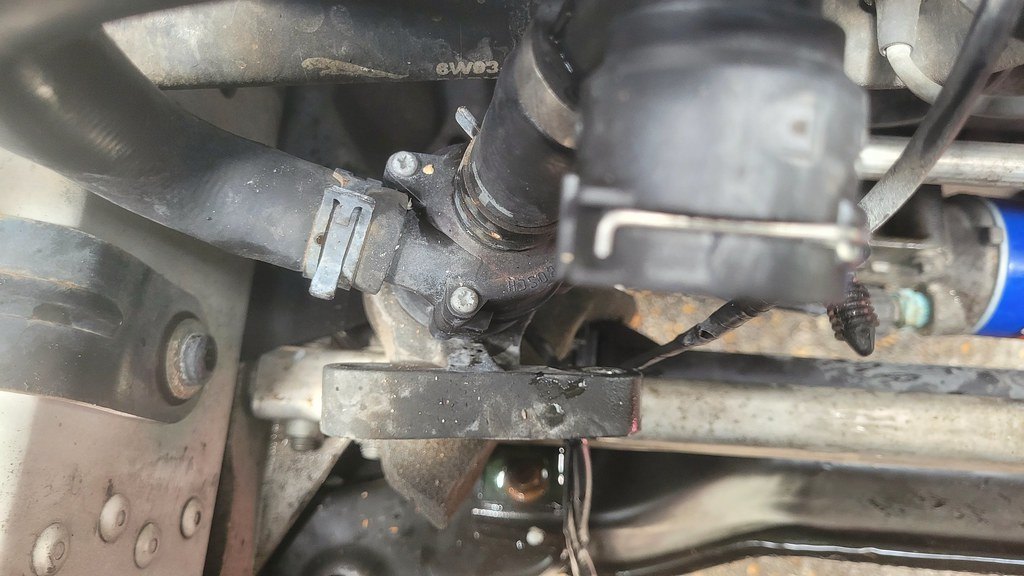
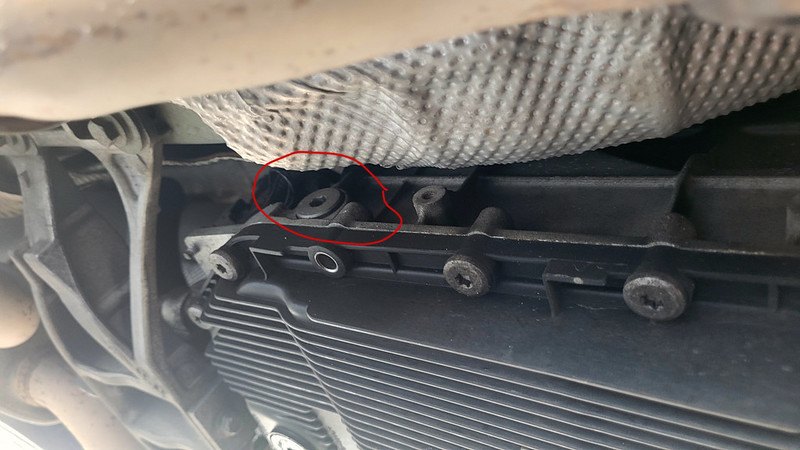
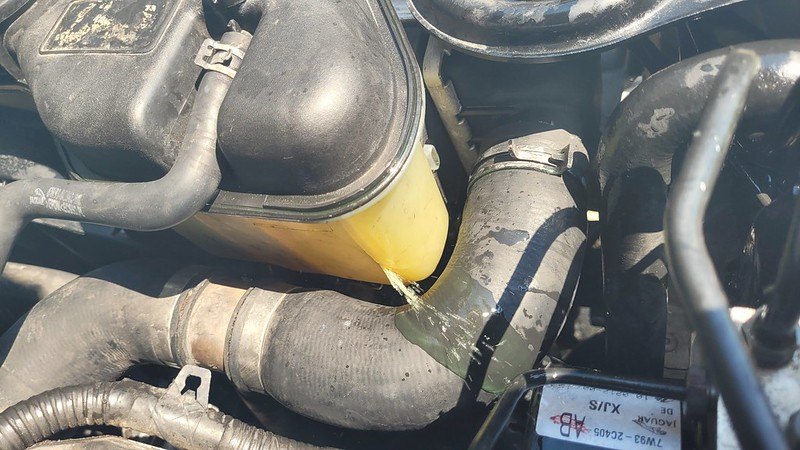
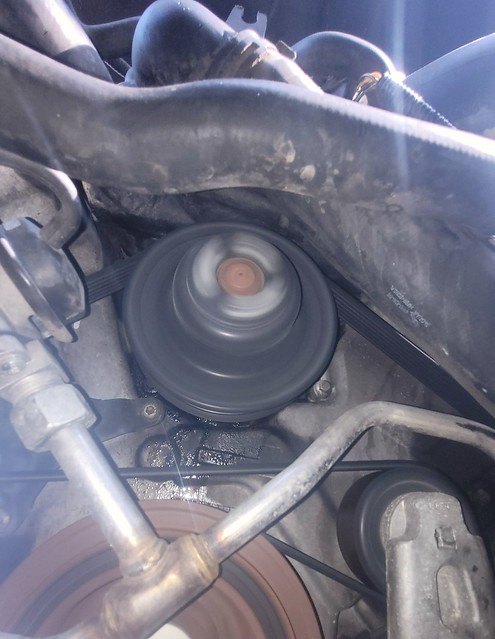
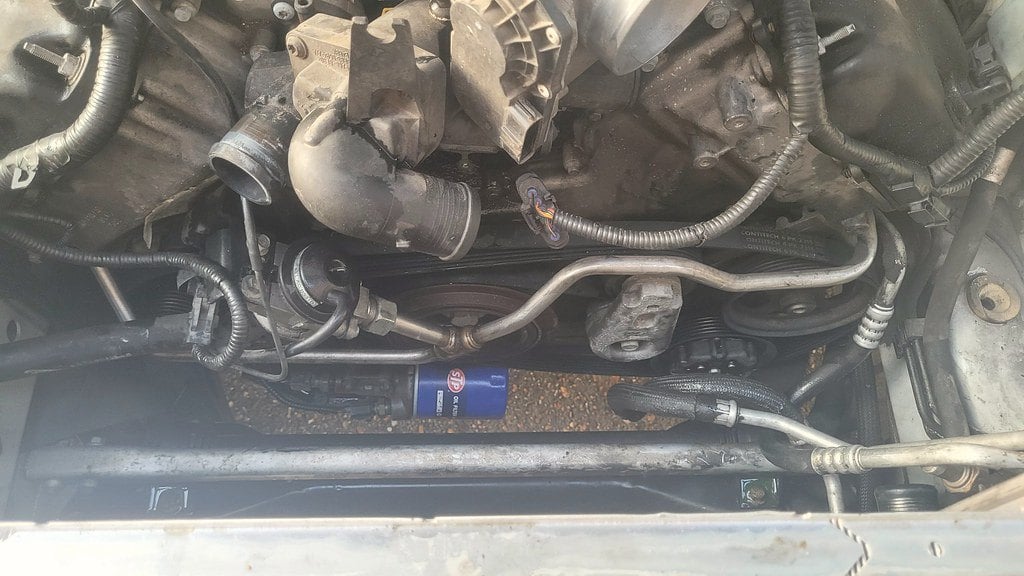
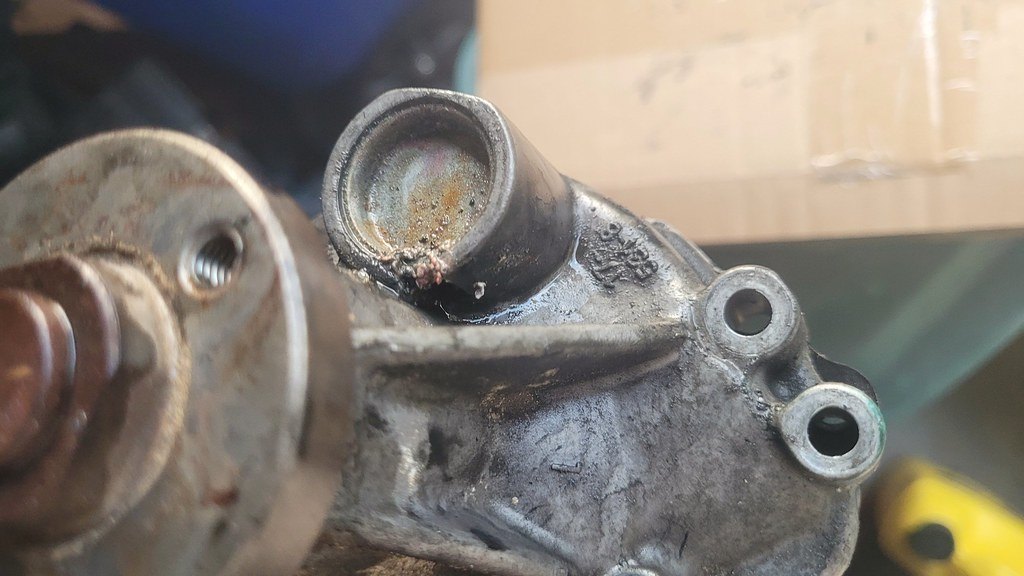
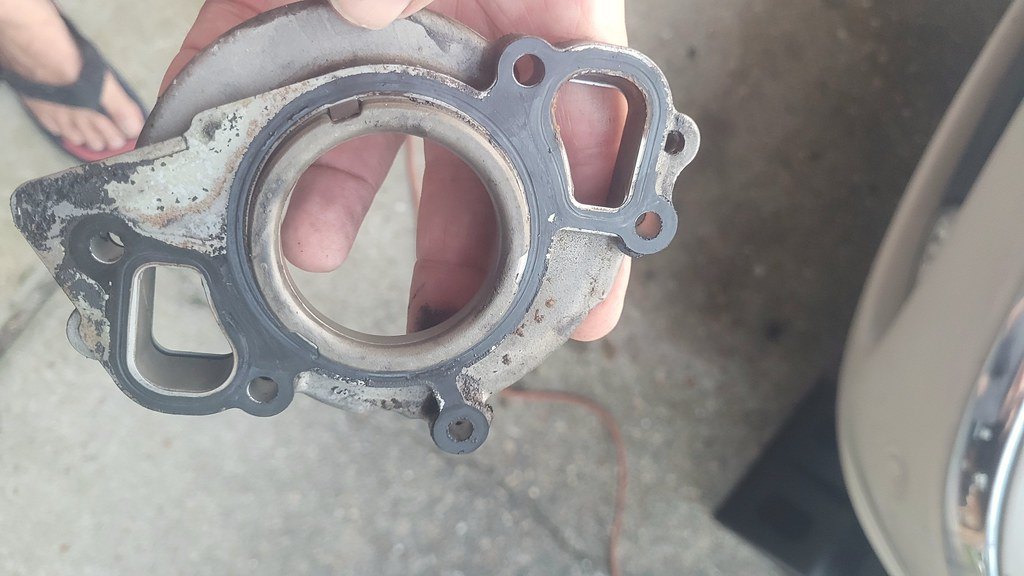
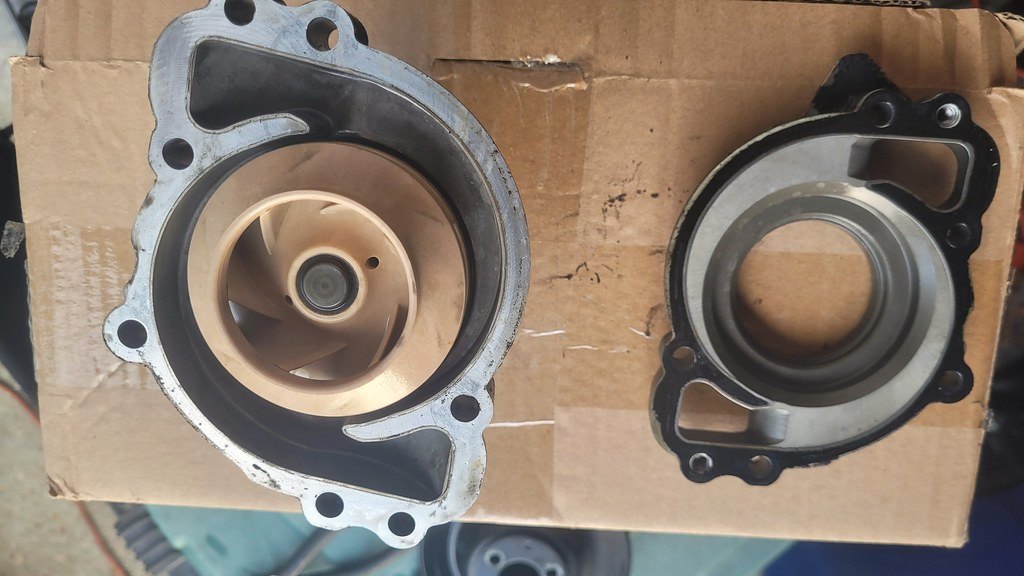
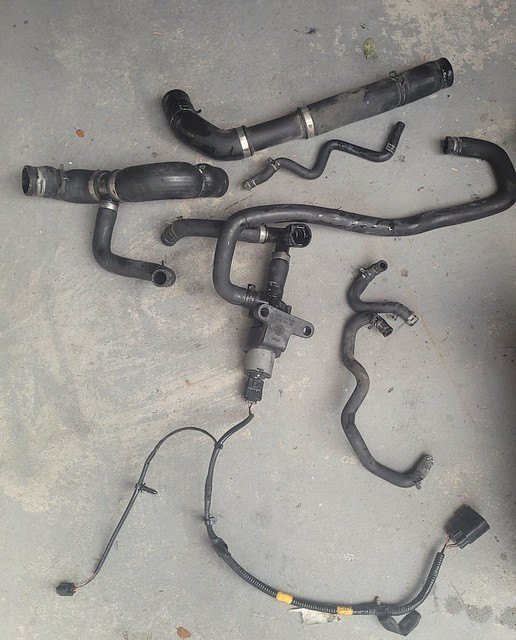
 The water pump is not expensive, but the hoses are; the upper and lower are over 100 bucks each. I see no sign of anything wrong with the auxiliary pump, so I'm going to keep that, but the hoses will go.
The water pump is not expensive, but the hoses are; the upper and lower are over 100 bucks each. I see no sign of anything wrong with the auxiliary pump, so I'm going to keep that, but the hoses will go.